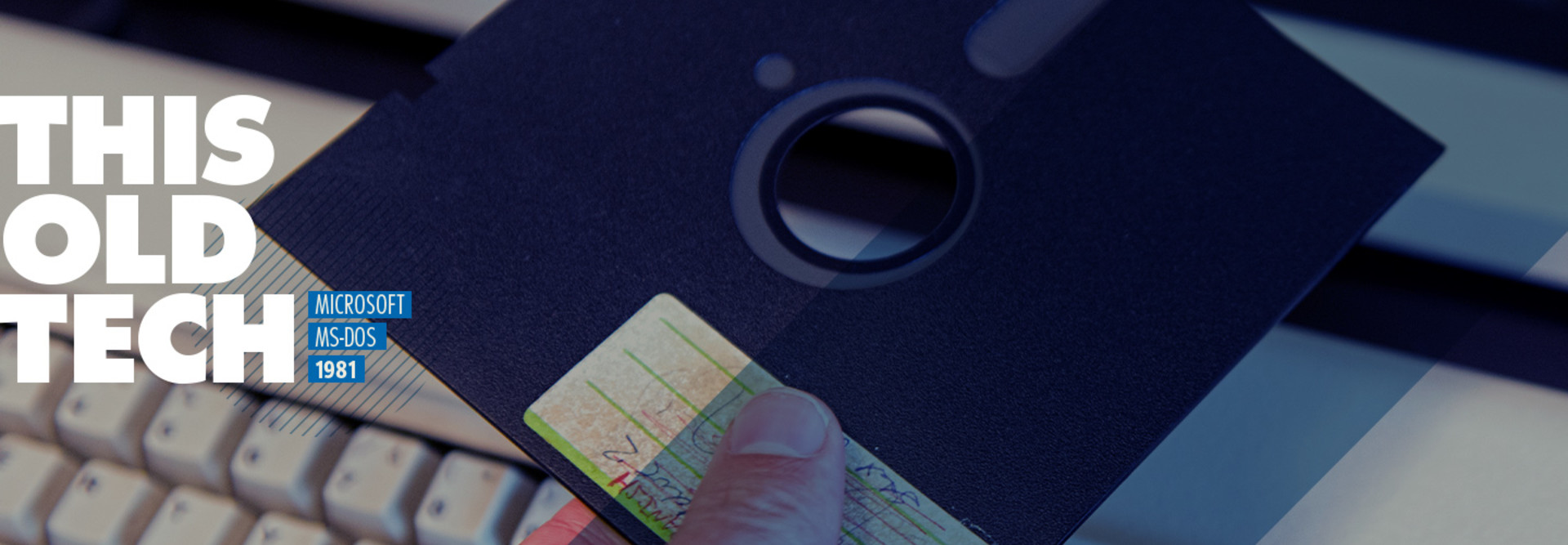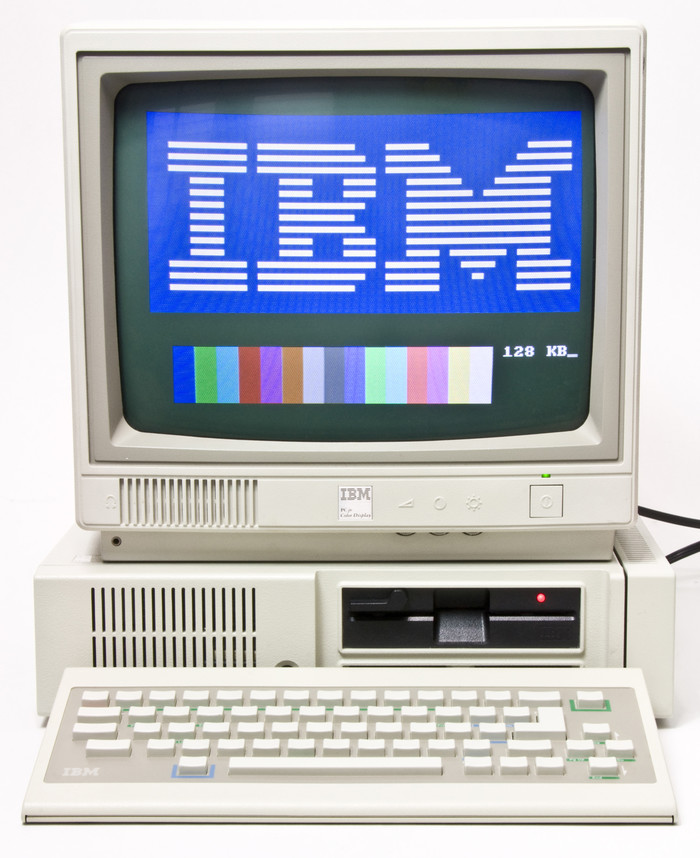The Oregon Trail Handheld Game, a game in which players relive the pioneering days of the United States’ western expansion. Photo Credit: James Case, Flickr.
Another early developer of educational software, Davidson & Associates, was responsible for the long-running Math Blaster series and a number of licensed games based on Fisher-Price toys. Software developer Broderbund also distributed numerous educational programs popular with kids, including The Print Shop, which was many students’ first encounter with graphic design, and Where in the World is Carmen Sandiego?, which taught geography and world history. Graphics quality varied — some games were text-based, while others were more colorful and visually appealing, depending on the computer monitor’s capabilities.
And even then, educational games weren’t limited to software; the Logo programming language, an early attempt to teach programming skills to children, used a turtle robot that could draw objects based on what was programmed on the screen. (The groundwork for this program later led to STEM devices such as Ozobot.)
Some educational software was designed to teach students about the computer itself. One seminal program from the era was Mavis Beacon Teaches Typing, a typing game designed to teach students young and old about their “home row.” Other hit typing programs include the Nintendo-branded Mario Teaches Typing, which first appeared on MS-DOS in 1992. The video game giant also developed an early edutainment game, Donkey Kong Jr. Math, in 1983.
MORE ON EDTECH: Discover how K–12 students can benefit from cloud-based gaming.
How Did MS-DOS Become a Favorite for Educational Software?
While educational software was having a major impact on the computer industry, it was a while before Microsoft’s MS-DOS (and, later, Windows) came to dominate the educational games market.
The IBM PC, originally built for business users, grew into a major platform for educational software gradually. During the 1980s, many home computers were manufactured by other companies, such as Apple and Commodore. These non-IBM computers offered significant advantages to game players of the era, such as the number of colors on the screen or the audio quality. The original IBM PC’s CGA graphics mode displayed only four colors at a time, and as popular technology YouTuber David Murray, aka The 8-Bit Guy, noted in 2016, those colors weren’t particularly pretty on standard monitors.
Additionally, early school computer programs put together by national and local governments favored proprietary solutions — most famously, BBC Micro, developed by Acorn Computers in the United Kingdom. MECC, meanwhile, had a long-lasting partnership with Apple that helped the Apple II become common in schools in the 1980s.
Slowly but surely, however, the market shifted in favor of MS-DOS and the PC. In 1984, IBM released the PCjr, which offered more colors and better sound quality, in an effort to attract home and educational users. IBM also courted major software publishers of the era, including Sierra On-Line, Software Publishing Corp. (SPC) and The Learning Company (famed for its Reader Rabbit series), to develop educational games for the platform, but PCjr ultimately was a market failure.













